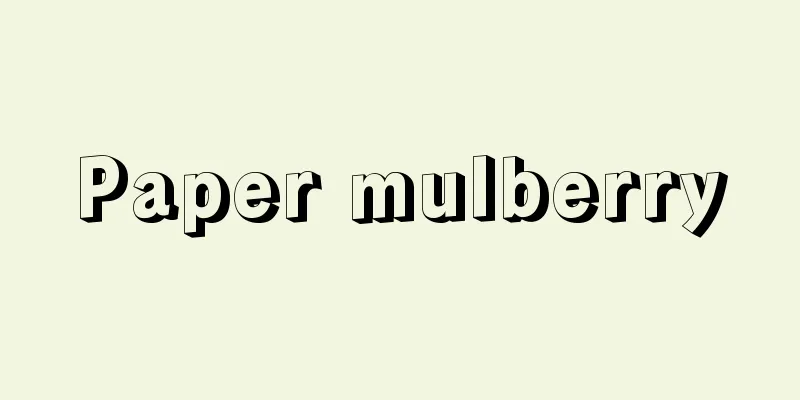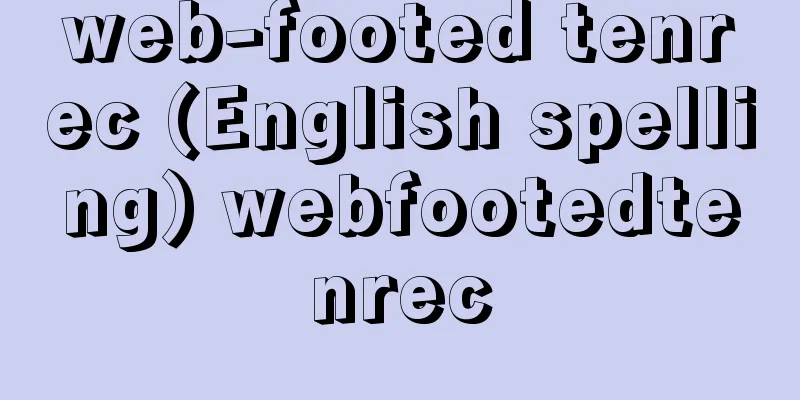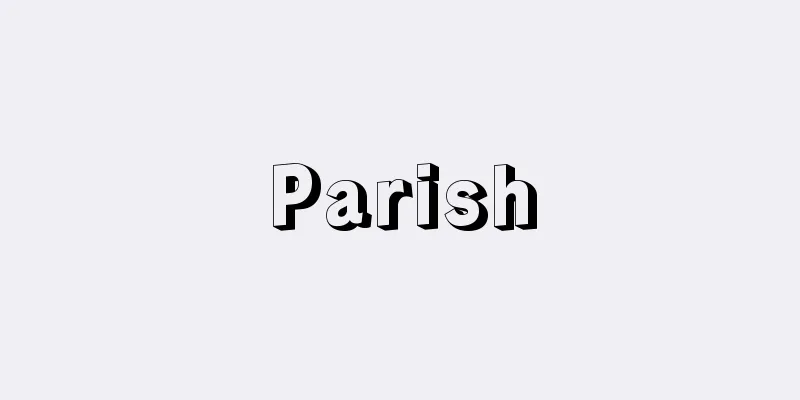Hunminjeongeum - Kunminseion

|
During the reign of King Sejong of the Joseon Dynasty, the Korean national alphabet was created by incorporating Chinese phonetics and Mongolian characters. It was promulgated as Hunminjeongeum in 1446. It is a linguistically excellent phonetic alphabet, originally consisting of 28 letters, but now it is used in combination with 24 letters, consisting of 10 vowels and 14 consonants. Its former name, Onmun, was a derogatory term for Chinese characters, and is now called Hangul (meaning great letters). Source: Obunsha World History Dictionary, Third Edition About Obunsha World History Dictionary, Third Edition |
|
李氏朝鮮の世宗のとき,中国の音韻やモンゴル文字などを取り入れて作られた朝鮮の国字 1446年訓民正音として公布された。言語学的にすぐれた表音文字で,初め28字あったが,現在は母音10,子音14の計24字を組み合わせて使っている。旧称の諺文 (おんもん) とは漢字に対して卑下した呼称で,現在はハングル(大いなる文字の意)と呼ぶ。 出典 旺文社世界史事典 三訂版旺文社世界史事典 三訂版について 情報 |
>>: County Administration Office - Gunmandokoro
Recommend
Groundbreaking - Kiko
〘 noun 〙 To start construction. To commence work o...
reciprocity law failure
…In photographic exposure, this law does not gene...
CETI - Seti
《 Communication with extraterrestrial intelligence...
Naonori Ii
1848-1904 Daimyo and aristocrats from the late Ed...
Vallhagar
...It has been inhabited since very early times a...
Perkins, J.
...However, pressure measurement using a liquid c...
Uozu Buried Forest - Uozu Buried Forest
A large number of tree roots were discovered on th...
"Liberated World" - The liberated world
...On the other hand, Wells followed the traditio...
Osaka Rebellion - List of Osaka
...At this time, his younger brother Jitsunari, w...
Exchange land - Kanchi
(noun) The act of exchanging land. Also, the land ...
rainbow pink
...Originating from China, a group of cultivars w...
Fire walking - Hiwatari
This is a ritual in which Shugendo and Ontake mon...
Hoddis, J. van
…They placed more importance on poetry than on pr...
Garyu Park
(Suzaka City, Nagano Prefecture) A tourist attract...
Smokescreen - Enmaku
Artificial smoke is fired and spread on the battl...






![Honjo [village] - Honjo](/upload/images/67ccdff8d9ad2.webp)


